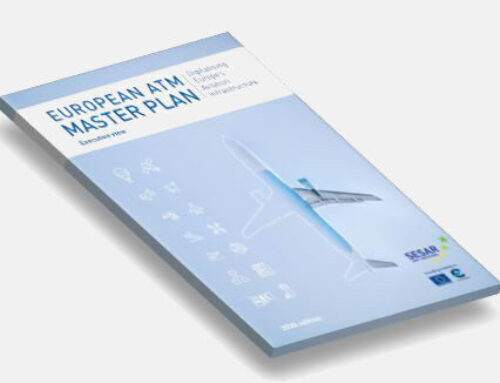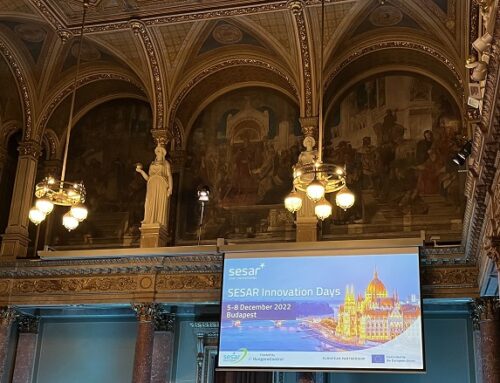ISA and its partners are very happy to announce the start of the TAPAS (Towards an Automated and exPlainable ATM System) project.
Consortium:
- CRIDA, Project leader (CENTRO DE REFERENCIA INVESTIGACION DESARROLLO E INNOVACION ATM, A.I.E.)
- BRTE (BOEING RESEARCH & TECHNOLOGY EUROPE S.L.U.)
- FHFR (FRAUNHOFER GESELLSCHAFT ZUR FORDERUNG DER ANGEWANDTEN)
- INDRA SISTEMAS
- UPRC (UNIVERSITY OF PIRAEUS RESEARCH CENTER)
- ISA Software
Abstract:
As Artificial Intelligence (AI) becomes an increasing part of our lives in general, individuals are finding that the need to trust these AI based systems is paramount. Air Traffic Management (ATM) is not an stranger to this: with a system close to, or already at, a saturation level, AI applications are considered a main enabler to reach higher levels of automation. This would mean a fundamental shift in the automation approach when moving from the classical human-machine interaction to a potentially much richer solution enabled by these AI systems, in which trust in the operations needs to be generated. As humans, operators must be able to fully understand how decisions are being made so that they can trust the decisions of AI systems. The lack of explainability and trust hampers the ability (both individual and global) to fully trust AI systems. TAPAS aims at exploring highly automated AI-based scenarios through analysis and experimental activities applying eXplainable Artificial Intelligence (XAI) and Visual Analytics, in order to derive general principles of transparency which pave the way for the application of these AI technologies in ATM environments, enabling higher levels of automation.
Specifically, TAPAS will:
• Analyse two operational environments: ATC (Air Traffic Control)Conflict Detection & Resolution (tactical), and Air Traffic Flow Management (pre-tactical). For them, levels of automation 1 to 3 according to SESAR Model will be considered.
• Develop eXplainable Artificial Intelligence (XAI) prototypes addressing the requirements and acceptability criteria of the scenarios.
• Run experiments that assess the applicability of these XAI modules in the higher levels of automation considered, exploring different ways of interaction and information exchange. • Apply Visual Analytics techniques to contribute to explainability of decisions.
• Extract conclusions, principles and recommendations related to transparency of AI in ATM.
More information are available on the TAPAS project – SESAR SJU website
or from its twitter account.





